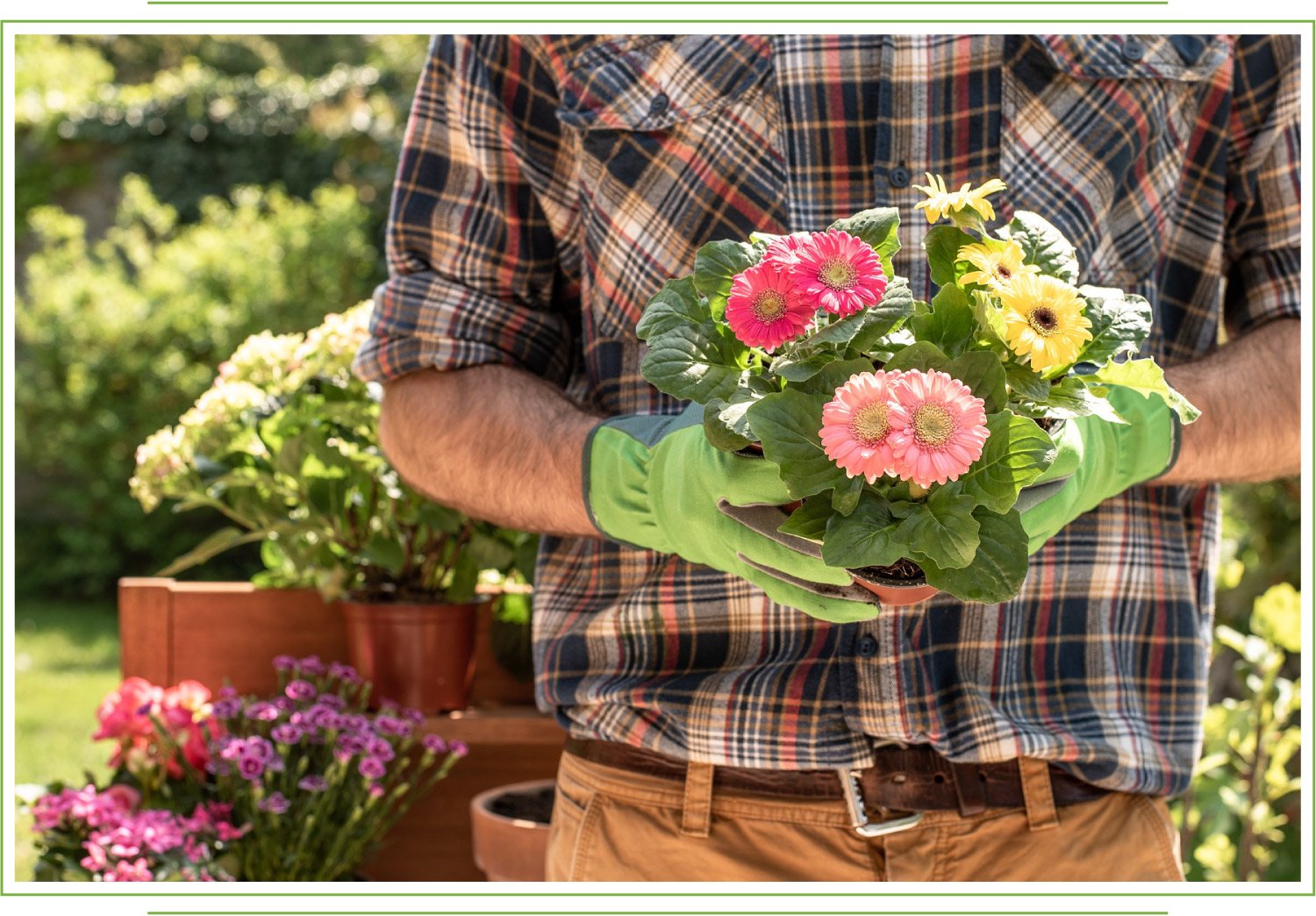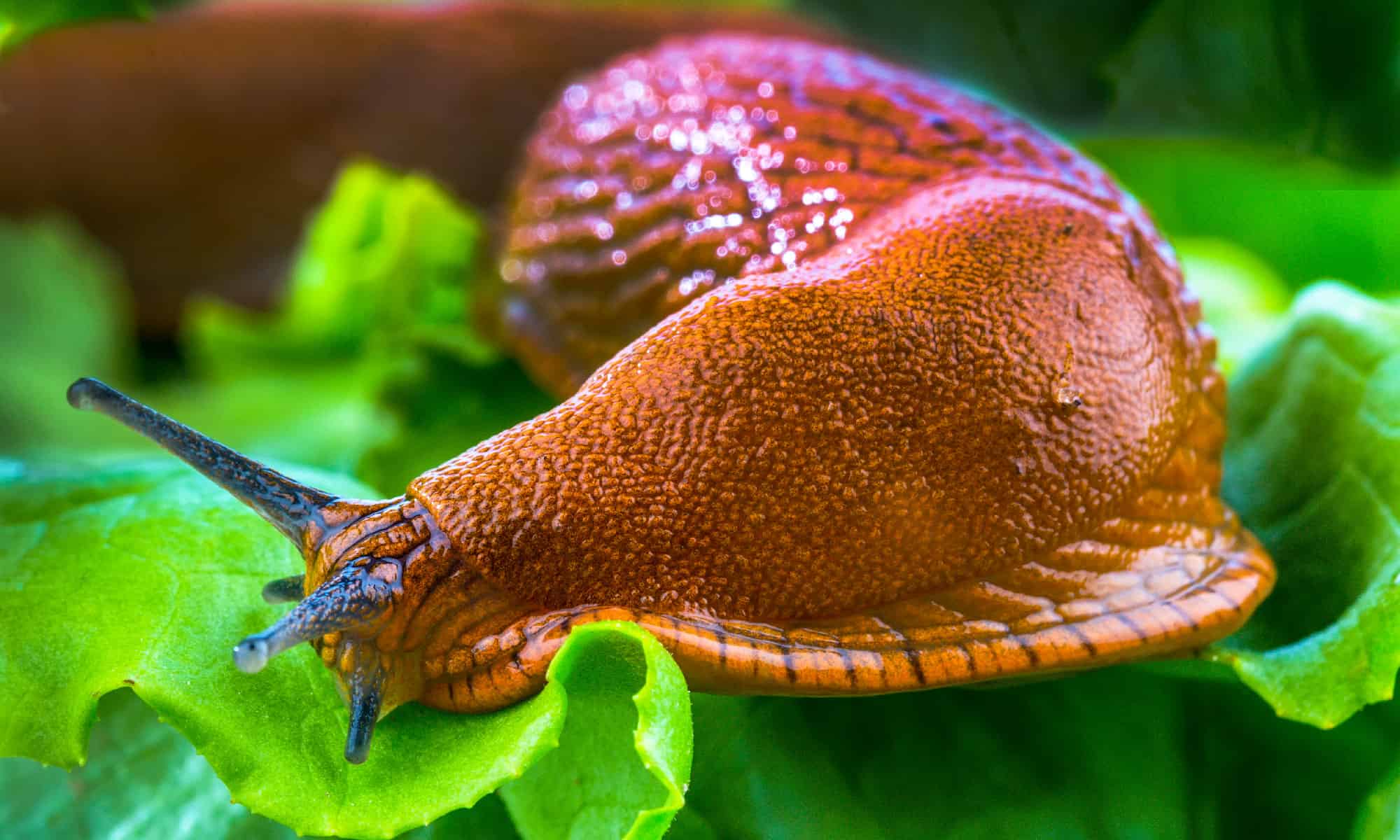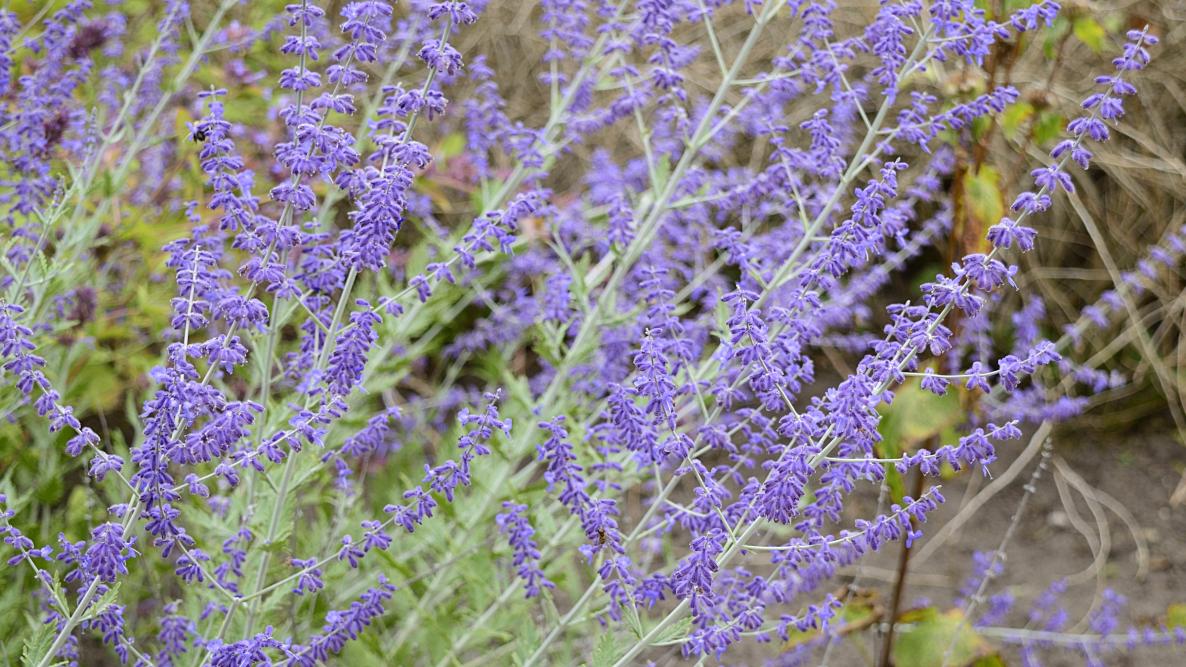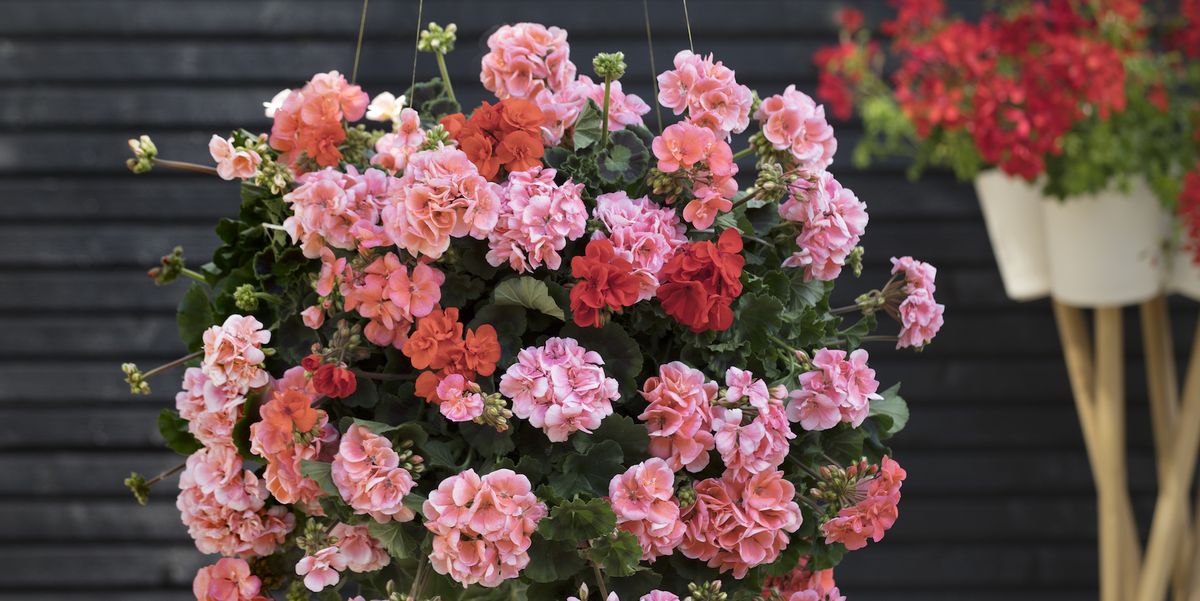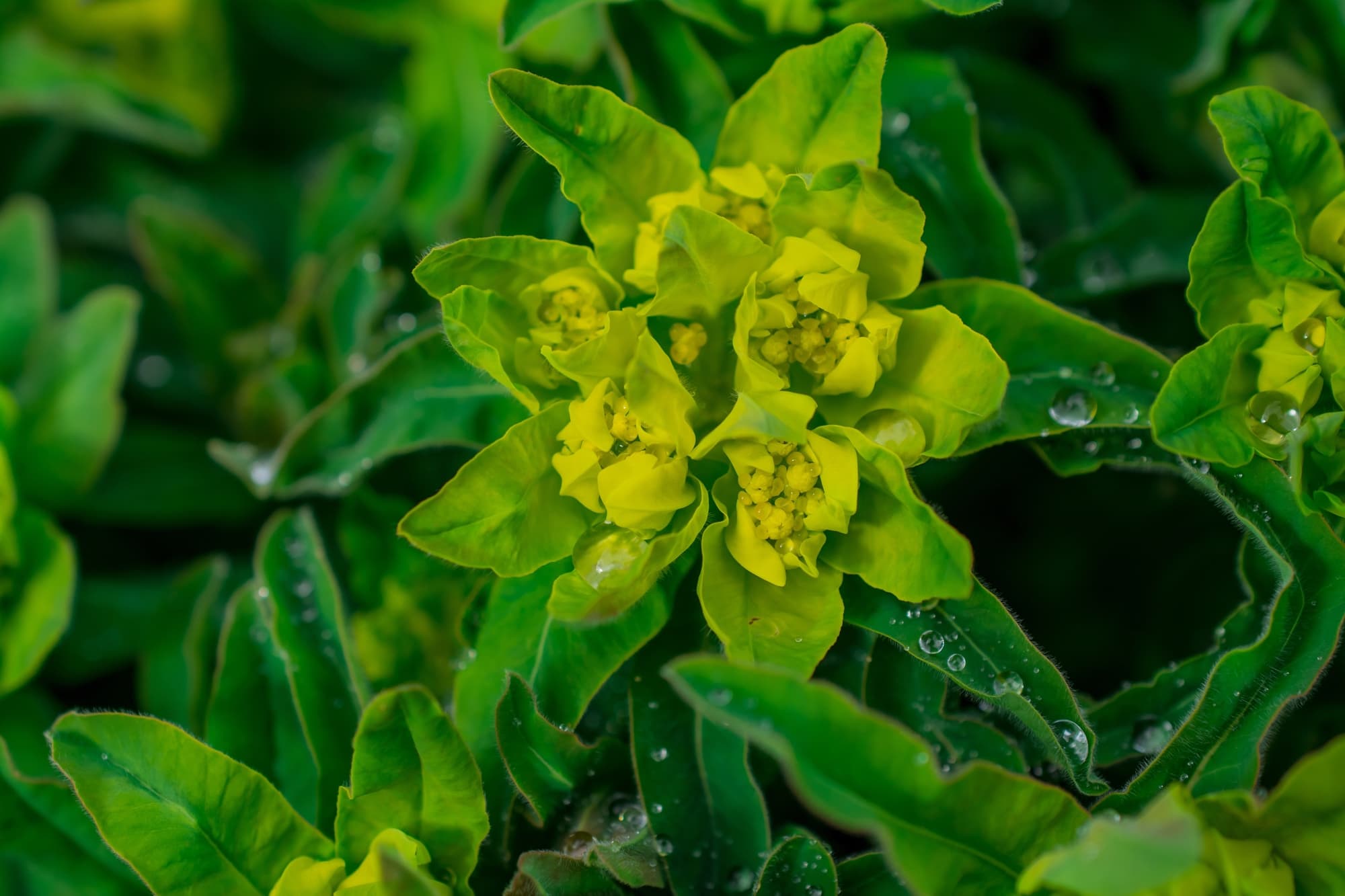When to Cut Back Irises Plant: Growing and Caring Tips
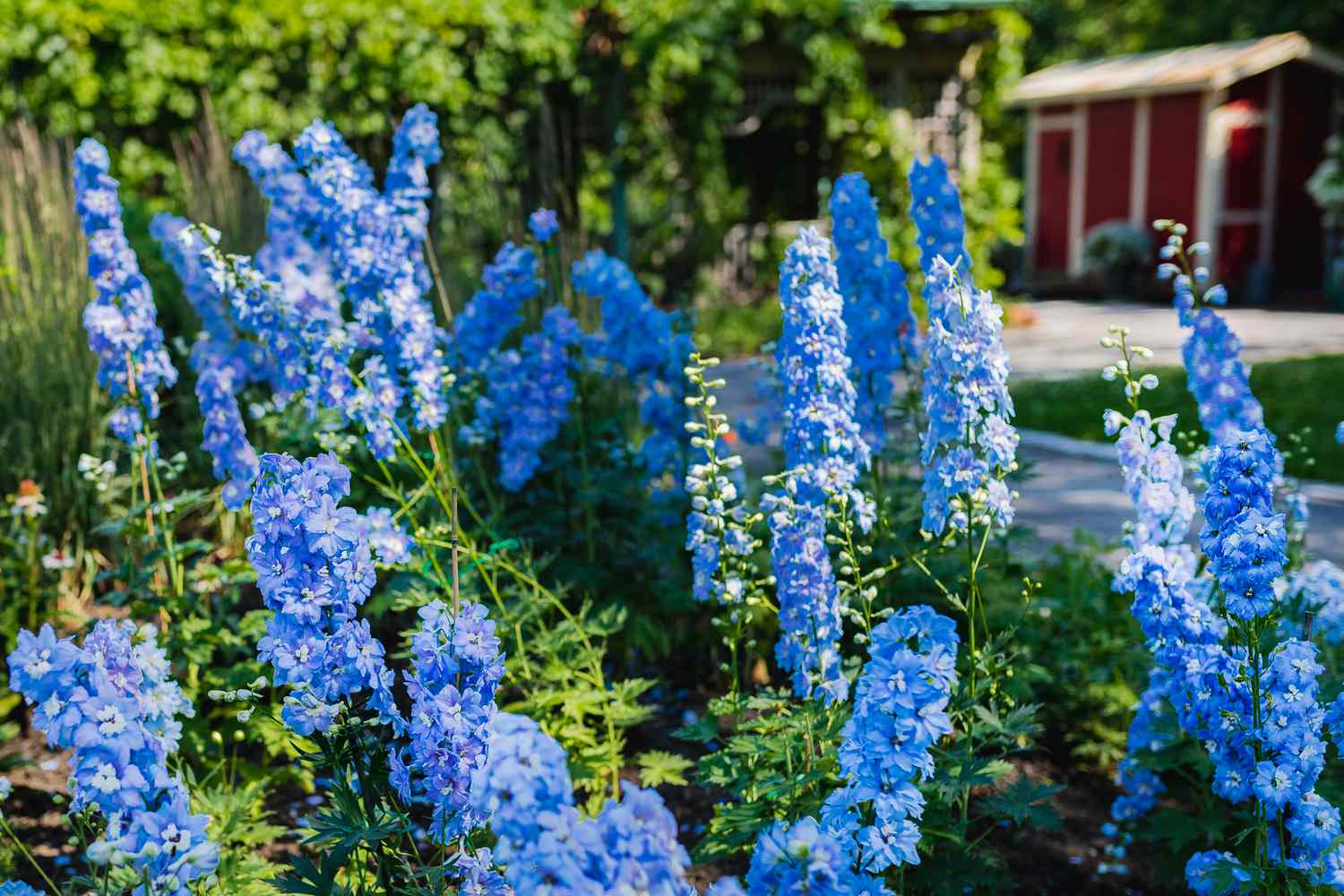
Table of Contents
Are you looking for a low-maintenance flowering plant that can add ornamental value to your garden or backyard? Then you should consider planting the bearded iris plant. Iris is a plant genus comprising 310 species of vibrant and showy flowers. ‘Iris’ is a scientific name commonly used for other related genera.
Iris plants are divided into two categories beardless and bearded. The bearded iris is one of the most popular species. It is easy to grow and maintain. It is mostly planted during spring and starts bearing flowers during the first year. You will have to take care of a few things if you’re planning to grow or plant the bearded iris in your garden.
You should know when to cut back irises in the UK to keep the plant healthy and combat borer worms.
Bearded Plant Care and Growing Tips
Here are a few tips and tricks to help your bearded iris plants grow healthily.
1. Sunlight
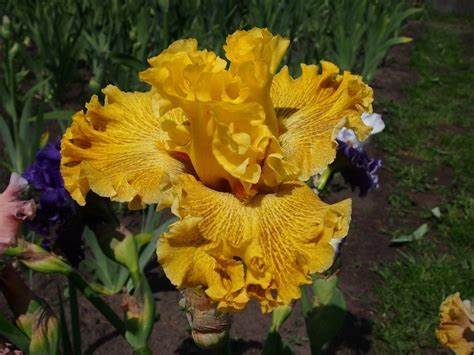
The bearded iris plant needs a lot of sunlight to produce abundant blooms. They require full sunlight to survive. If you keep them in the shade for a long time, they may suffer from various diseases. In most of the seasons, they require a minimum of 6 hours of direct sunlight.
You should always keep your bearded iris plant in an area that receives full sunlight. If the plant is not growing well in your current location, you can relocate it to a new garden bed where it can receive full sunlight. You can also prevent bacterial rot and other diseases in bearded iris plants by keeping them in an area where they receive full sunlight.
2. Soil
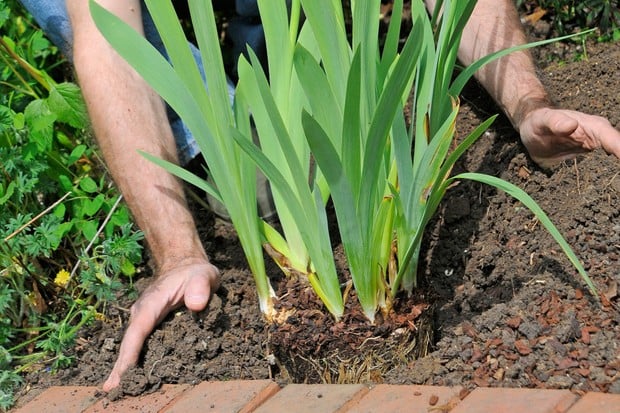
Bearded iris plants also need well-drained soil to grow well. You should plant them on sloped or raised beds to ensure good drainage. If the soil is heavy, you can add coarse sand or humus to improve the drainage. Sandy and gravelly soil are ideal for these plants. You should never plant them in heavy clay soils. Add organic compost or gypsum, as they serve as wonderful soil conditioners.
3. Water
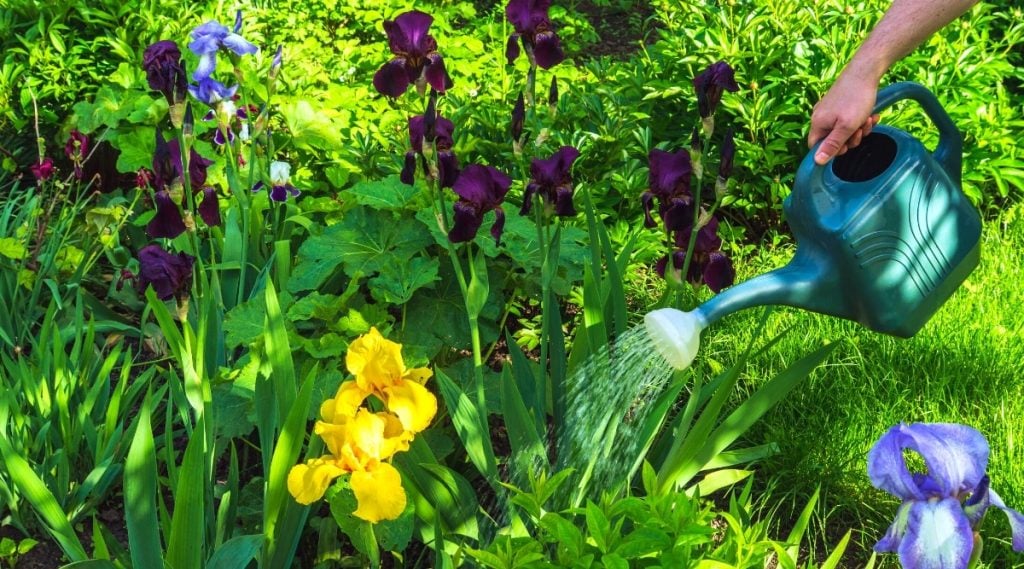
Bearded irises are drought tolerant, meaning they can survive without water for a long time. However, they require a little moisture. They also need good drainage so that there is no water clogging. Good drainage is also necessary to prevent rot issues. You’ll need to water them regularly until they are well-established. After the bearded irises are well-planted, you can reduce the frequency of watering them.
During the summer months or dry spells, you can water them once every 3-4 weeks, depending on the temperature. You should water them regularly during early spring. If there is no rainfall and the temperature rises during spring water, the irises are every other week. These plants also need water to develop flowers during summer and autumn.
4. Temperature and Humidity
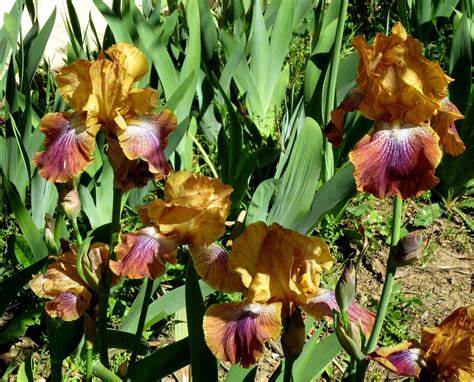
Bearded irises can tolerate extreme temperatures if the soil is well-drained and allows excessive snow or rainwater to drain away. However, the plant can get damaged due to heavy wind and hail. Damaged irises are susceptible to diseases like iris borer larvae. Most varieties of bearded irises like warmth, but they do not prefer humid conditions.
5. Fertilization
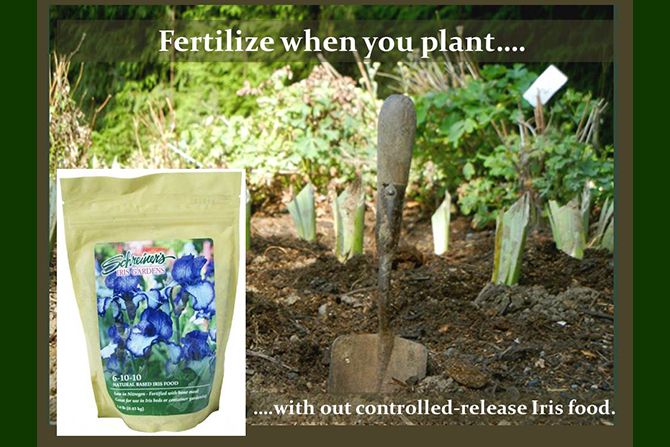
During early spring, bearded iris plants should be fertilized 6-8 weeks prior to the bloom. They must also be fertilized immediately after the bloom is gone. Phosphate is essential for these plants; hence you should use super-phosphate or bone meal along with a light and balanced fertilizer like 6-10-10 or 10-10-10 as per the amount of nitrogen in the soil. The most important thing is to ensure that you don’t add anything containing nitrogen in a huge amount because this can lead to rot issues.
Few of the things to look for when choosing the soil include an adequate amount of nitrogen, a high level of phosphorous, a pH of 6.5 to 6.8, and low to medium nitrogen. Phosphorous encourages root development, and potassium aids the plant to grow healthily and prevent diseases. So, check the composition of the fertilizer before using it.
6. Pruning
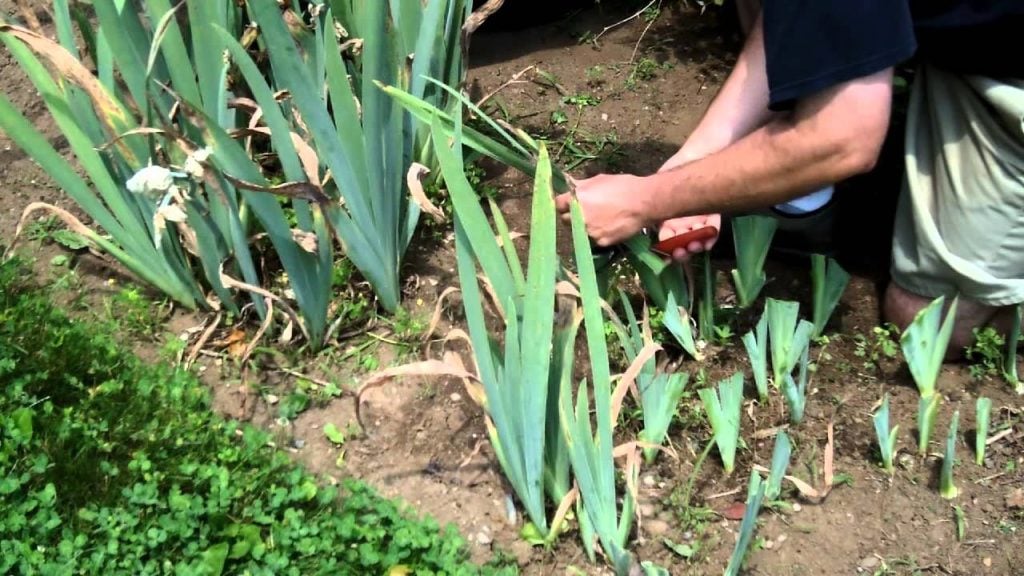
In order to prevent diseases and pests, you must know when to cut back irises in the UK. Clean up the garden bed during fall and remove old dry foliage and weeds. This will enable good air circulation and promote healthy growth of the bearded iris plant.
7. Dividing the Irises
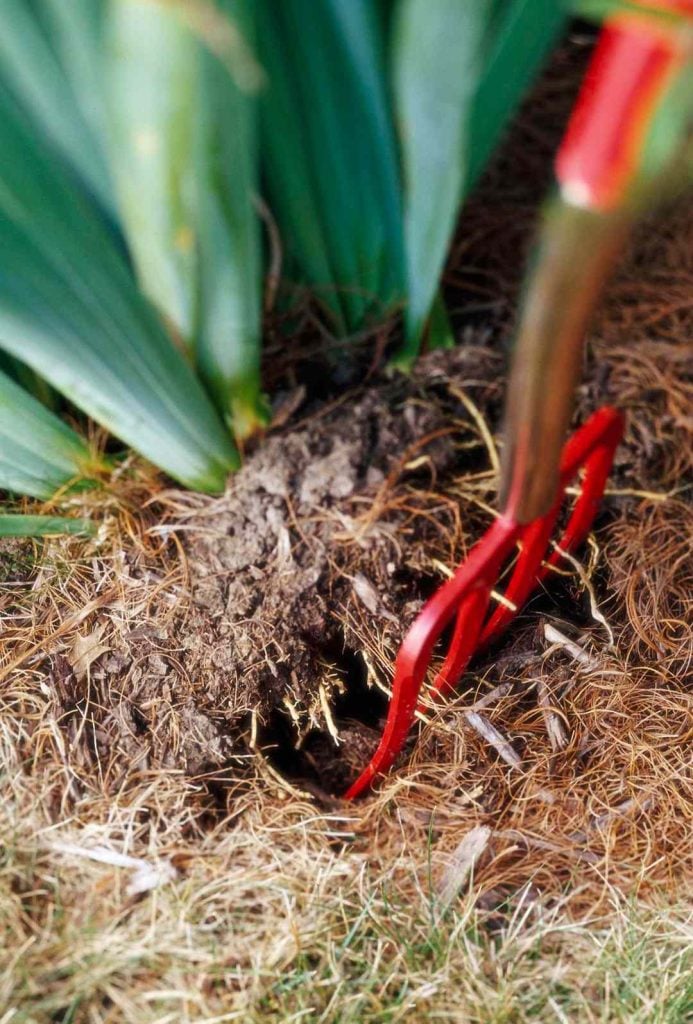
Dividing the irises is the best way to get a greater yield. This will also keep the irises in a healthy state and help them grow vigorously. You must know when to cut back Irises in the UK to ensure their healthy growth. Follow the steps mentioned below:
- During the end of summer, dig up the underground stem, i.e., rhizomes, using a shovel. Then shake off the loose soil and remove the old flower stalks.
- Pull off or cut the cluster of rhizomes carefully into sections. Ensure every section has a foliage fan. You may trim the foliage off at an angle and leave around 3-4 inches of leaves intact.
- Check all the sections of the roots very closely, and cut the soft and rotten parts using pruners. Ensure that the roots are cut back past the borer tunnels. While doing this, you might even come across live worms that must be destroyed.
- Replant every root section in a way that barely covers the rhizomes. Ensure that there is a gap of 12 inches between the roots. Water the plant thoroughly to help them grow. You will notice new foliage during the end of summer or fall, and the plant will fully bloom during spring.
It is recommended to divide the irises every three to five years if the plant has been infiltrated with iris borers. Every year the rhizomes will multiply. In approximately 5 years, there will be overcrowding which will cause reduced blooms, and the tendency to catch diseases will also increase.
Common Bearded Iris Diseases and Pests
1. Overwintering
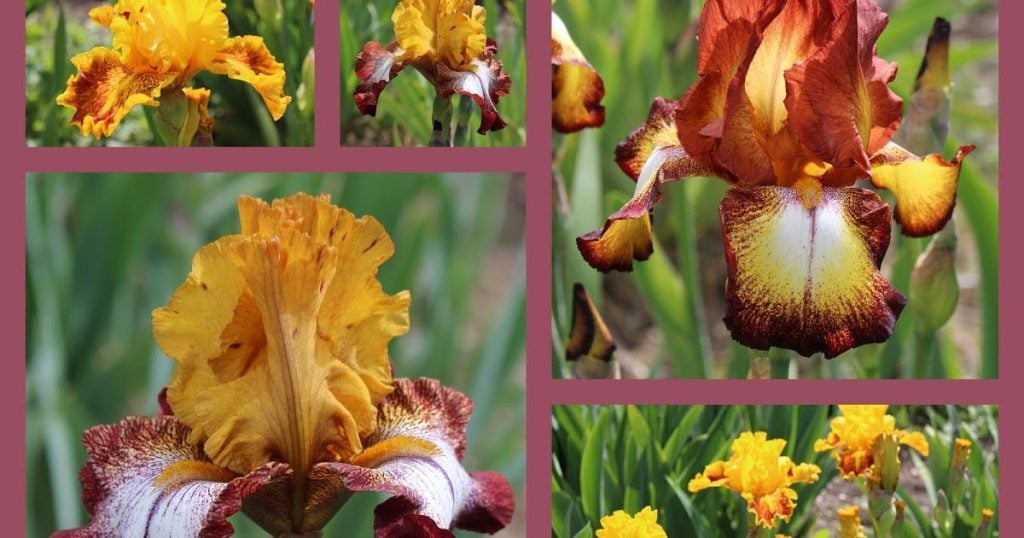
You need to take a few steps in advance to prepare your bearded iris plants for winter. Don’t forget to remove old foliage and debris from nearby plants and trees. Also, remove any diseased or dead plants and withered flowers. It is recommended to cut the foliage to around 6 inches. This will increase air circulation and help the plant receive a sufficient amount of sunlight. The borer eggs in the foliage can also be removed by cutting the foliage.
2. Diseases and Pests
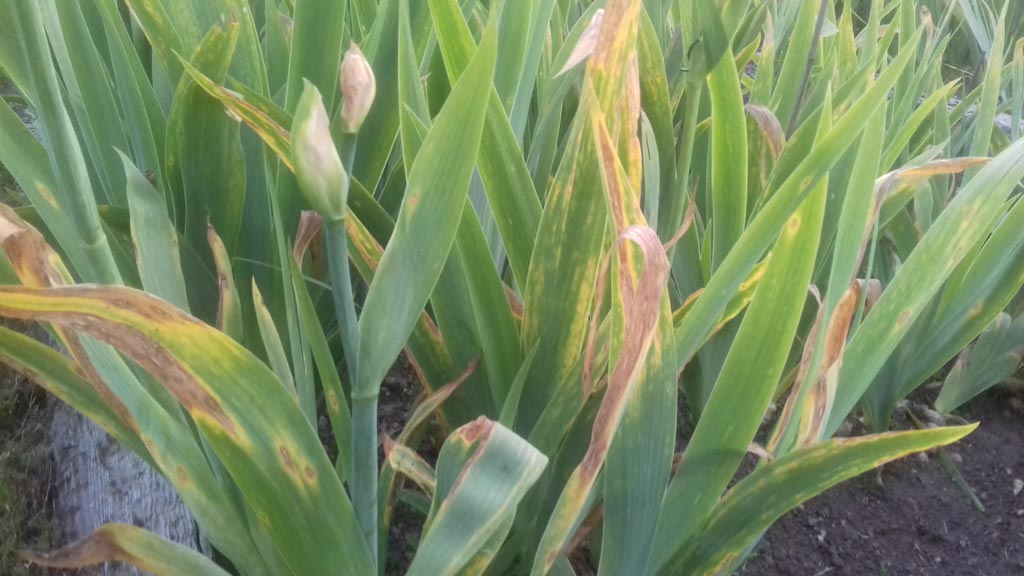
Bearded iris plants are prone to getting infested with the iris borer, a moth larva. This mostly happens if the soil is not well-drained or the plant is not receiving the right amount of sunlight. Usually, the female moth lays the egg during summer on the plant foliage.
During spring, tiny green worms move through the leaves and reach the rhizome by summer. When the population of worms and the number of feeding tunnels increases, the rhizome catches a bacterial rot infection, thus damaging the plant.
Thus, it is recommended to remove the iris leaves after the frost so that the eggs are completely destroyed along with it. If the worms reach the rhizomes and penetrate them, dig up the rhizomes and cut off any soft or infested portions.
You can replant the rhizomes you have removed. While doing so, you can also divide the irises. Bearded iris plants are also prone to catching other diseases like crown rot disease, bacterial soft rot, and fungal leaf spot. These problems can be avoided if you maintain good hygiene and if the plant gets adequate sunlight and water.
Common Problems with The Bearded Iris Plants
Bearded iris plants are known for their beautiful flowering display. These plants are mostly trouble resistant, but you must watch out for these signs as they might indicate trouble.
1. Leaves Turning Brown or Yellow and Falling Over
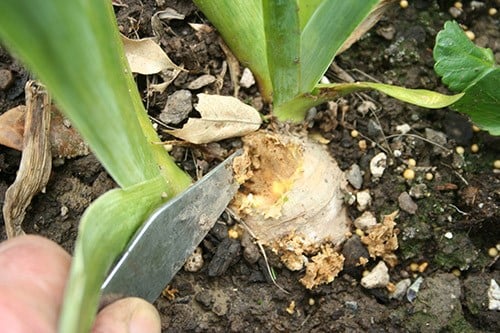
If you notice that the leaves of bearded iris plants are turning yellow or brown, it might be an indication that the roots of the plants have started rotting. Yellow or brown leaves may also indicate infection caused by iris borers. To combat this issue, lift the affected root clumps and cut off any soft or decaying parts. You can replant it in well-drained and porous soil.
2. Stalks of Flowers Toppling Over
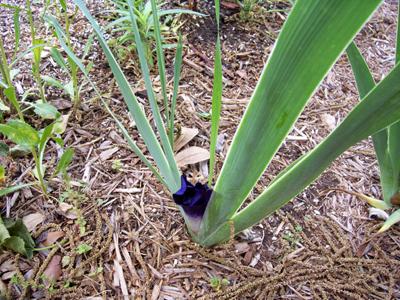
Few bearded irises grow up to 40 inches in height. To support the large flowers, stalking may be needed. If irises grow under shady conditions, they may get very leggy, making stalking impossible.
3. Leaves Bearing Yellow or Brown Spots
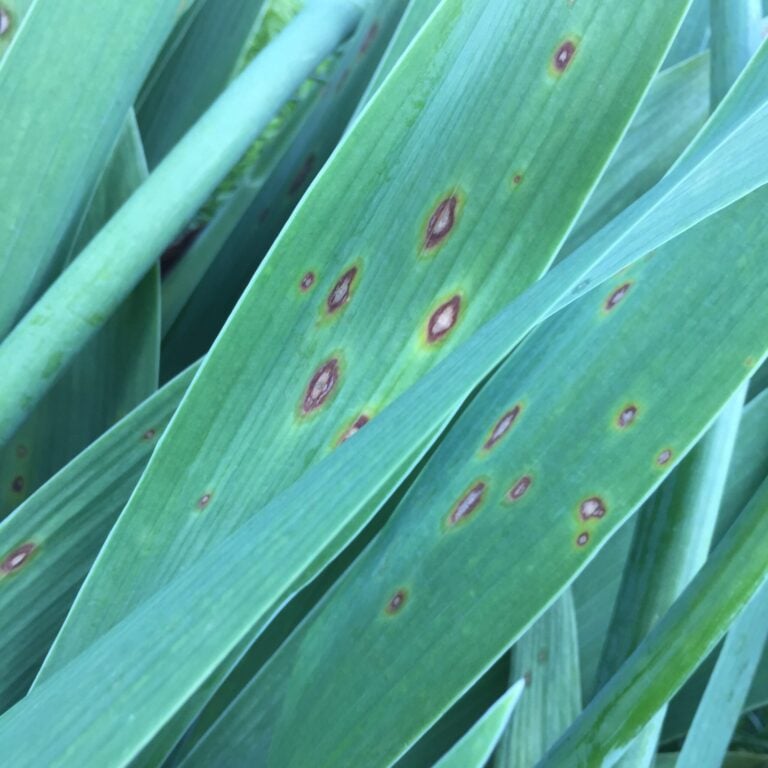
Spot on bearded iris indicates a fungal infection. If the spots are due to bacterial infection, they will usually begin near the leaf edges and spread gradually. Leaf spots due to fungal infection are found on the inner side of the leaves, and they don’t increase in size. Any affected part must be removed and thrown away to prevent further damage. To prevent leaf spot diseases, you should maintain proper hygiene in the garden. In case of a severe fungal infection, use a fungicide to control it.
4. Lack of Blooms
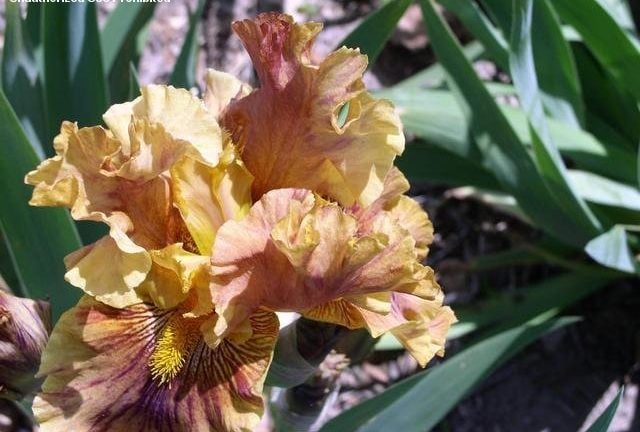
Lack of flowers on a bearded iris may be caused by multiple factors like overfertilizing, under-fertilizing, rhizomes planted very deep, underwatering, too little sunlight, overwatering, or if the irises have been growing in the same area for a very long time and there is overcrowding.
To avoid overcrowding, you must know when to cut back irises in the UK. If this happens during the initial stages, it could be because of the fertilizer, sunlight, rhizomes planted very deep, or water issues. If this happens with an old plant, it might be because the rhizomes haven’t been divided or the plant has not been fed properly.
Conclusion
If you’re looking for a plant that can enhance the beauty of your garden, the bearded iris is an ideal pick. They bear beautiful flowers during spring.
They are easy to grow and maintain, and with little effort, they give great yields.
We hope the tips mentioned above will help you take great care of your bearded irises and spot any problems instantly.
Ensure that you figure out when to cut back Irises in the UK to avoid overcrowding which ultimately might cause an infection.
This will help you boost the yields and help the plants grow vigorously and healthily.
Frequently Asked Questions
1. What is the Difference Between Siberian Iris and Bearded Iris?
Both Siberian and bearded iris are pretty hardy in zones 3-9. Both Siberian and bearded iris bloom during spring. The bearded iris has large flowers, and the Siberian iris has smaller flowers. Flowers on the Siberian iris bloom later than those found on the bearded iris. Siberian iris has grass-like foliage which looks attractive after the blooming period. These plants don’t need frequent division like the bearded iris plants.
2. How Much Water Do I Give to My Iris?
Once the bearded iris is well-established, they become drought-tolerant and don’t require much watering. However, they need a little watering and moisture every once in a while. During dry spells and summers, you should water the plant once every 3 to 4 weeks.
3. What Does a Bearded Iris Need?
Bearded iris must be planted in an area that receives an adequate amount of sunlight. If you plant them in a shady area, they might become infested by pests or catch diseases.
4. Where Does the Bearded Iris Grow Best?
Bearded iris grows best in hot climates and needs 6-8 hours of sunlight. In zones 8-11, they can tolerate 4-6 hours of sunlight.

![The Ultimate Guide to Growing Salix Willow Trees in Pots [UK]](https://staging.thearches.co.uk/wp-content/uploads/Growing-Salix-Willow-Trees-In-Pots.jpg)
